After scientists have completely sequenced the Y chromosomes of Australian aboriginal men, a new indigenous genetic history has surfaced, stretching back approximately 50 thousand years to a time when the first modern humans are believed to have reached Australia.
The study is published in the Journal Current Biology and the research has been done by researchers from the Wellcome Trust Institute in collaboration with la Trobe University in Melbourne and other Australian institutes. It directly contradicts the previous hypothesis which considers the first migration of modern man from India to Australia about 4 or 5 thousand years ago. This new research based on the Y chromosome, a hereditary feat transmitted only from father to son, offers a more precise view of ancient Australian history, and it shows no evidence of the above mentioned theory. Instead, the tests reveal a continuous and independent genetic history in Australia.
The first evolved humans to arrive in Australia about 50 thousand years ago were the ancestors of today’s Australian Aboriginals, and they belonged to the first wave of modern humans to migrate from Africa. Back then, the ancient continent was known as Sahul and was comprised of today’s Australia, Tasmania and New Guinea. Another interesting thing to note is that they’ve settled here thousands of years before the first modern humans reached Europe.
We worked closely with Aboriginal Australian communities to sequence the Y chromosome DNA from 13 male volunteers to investigate their ancestry. The data show that Aboriginal Australian Y chromosomes are very distinct from Indian ones. These results refute the previous Y chromosome study, thus excluding this part of the puzzle as providing evidence for a prehistoric migration from India. Instead, the results are in agreement with the archaeological record about when people arrived in this part of the world, said Anders Bergstrӧm, first author on the paper at the Wellcome Trust Sanger Institute.
Aboriginal pictographs known as Wandjina
Clearly there is keen interest in the Aboriginal community to explore their genetic ancestry and without them this study would not be possible – our first step was to return their results to them, before the scientific article was published. This collaboration in genome sequencing, to explore their ancient history, was made possible by years of engagement beforehand with Aboriginal communities, added Dr. John Mitchell, Associate Professor at La Trobe University in Melbourne.
The recent finding only unravels a small part of the puzzle of Australia’s true history, and researchers are now trying to determine whether Dingos – Australia’s native dogs, or the brusque change in stone tools and language appeared after the mixing of Aboriginal and Indian population about 5 thousand years ago, or because of other events from the distant past.
As an Aboriginal Elder and cultural consultant for this project I am delighted, although not surprised, that science has confirmed what our ancestors have taught us over many generations, that we have lived here since the Dreaming, said
Lesley Williams, who was responsible for the liaison with the Aboriginal community.Were the ancients guided by someone?
By fully sequencing and analyzing Y-chromosomal DNA, we have been able to trace ancient human migrations and inform living people about their ancestry. We are using the latest technology to genetically unearth our ancient history – something that has only become possible in the last decade. We look forward to further collaborations to understand more of this unique heritage, added Dr. Chris Tyler Smith, group leader at the Wellcome Trust Sanger Institute.
With the current technological means it’s easier to find precise answers for humanity’s timeworn past. Like in this case, it may lead to completely different beliefs regarding our ancestors and the way they shaped the cultural heritage throughout the years. If the foundation of what science has given us for granted until now is going to crumble in the 21st century we are yet to find out, but keeping an open-mind will probably spare us the shock.
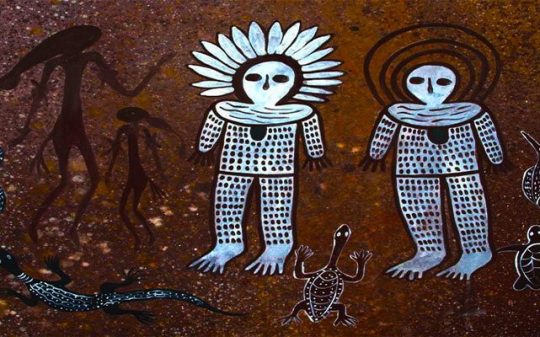
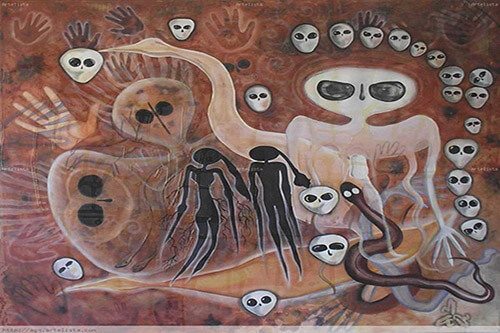
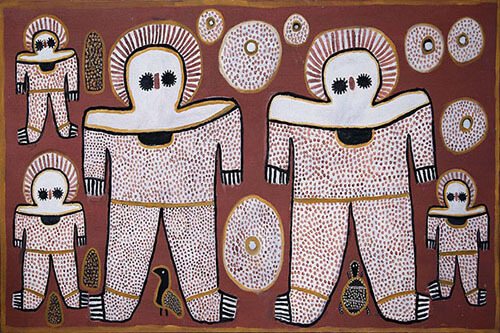
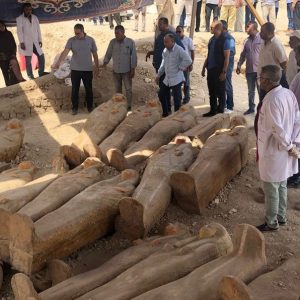


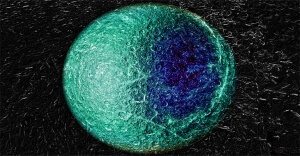
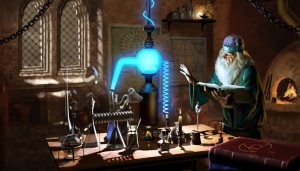

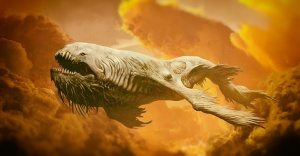
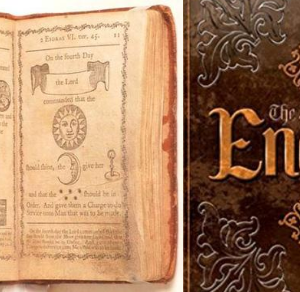

Trackbacks/Pingbacks